
At 7.18am on May 2, 1975, Captain Anton Martin Olsen of the Clara Maersk received a distress signal from a Vietnamese merchant vessel adrift in the South China Sea:
“From Master Truongxuan/XVLX have about 3,000 refugees from Saigon on-board they are hungry and thirsty stop engine broken down and leaking stop our position estimated 8.35 north 107 east at 21.00 GMT request assistance immediately Master.”
Minutes after receiving the alert, Olsen changed the Danish cargo ship’s course, and by midday began what was to become the largest ocean rescue of Vietnamese refugees at the time.
That daring mission is the focus of the first instalment of a new multimedia project by Emmy Award-winning American-Vietnamese documentary maker Duc Nguyen, which premiered on April 30 on the patronage website and content streaming platform Patreon.
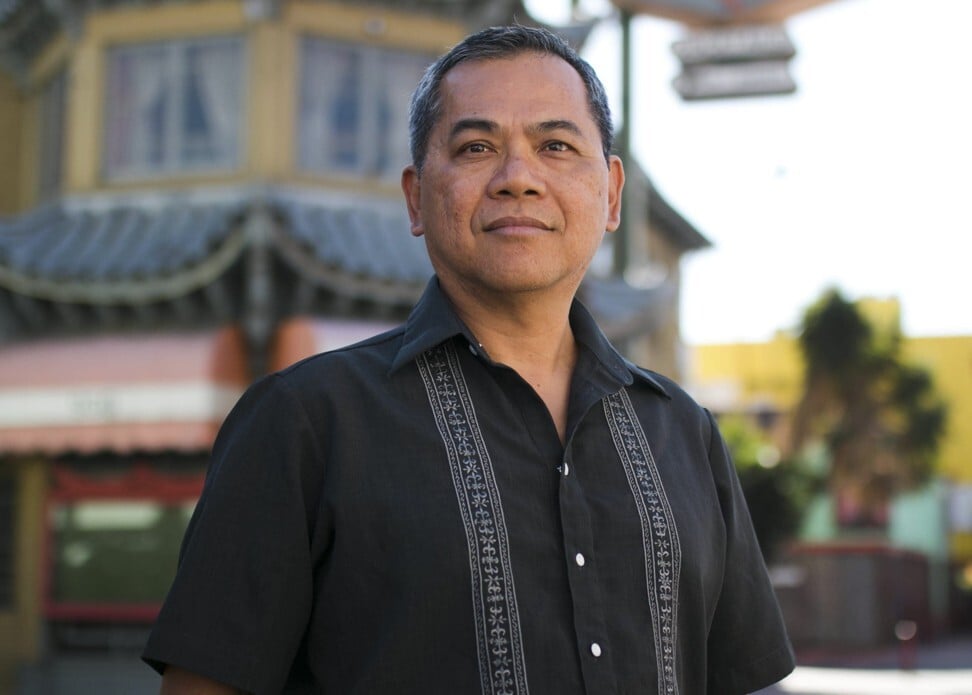
The Truong Xuan, captained by Pham Ngoc Luy, had fled Vietnam two days earlier with 3,628 refugees on board, just in time to avoid being captured by North Vietnamese forces during the “Fall of Saigon”.
After transferring the passengers from the Truong Xuan, Olsen piloted the Clara Maersk onwards to Hong Kong. Two days later, the captain radioed for an urgent air pick up of four of the refugees: a sickly newborn, her two-year-old brother and mother, and a woman with a ruptured appendix. The call was answered and several members of the British Royal Air Force (RAF) came to the rescue in two Westland Wessex helicopters.
The baby girl – her shoulders curved into a U shape and with a broken collar bone and eyes sealed shut by infection – and her three compatriots were flown to the British Military Hospital in Ho Man Tin, on Hong Kong’s Kowloon Peninsula. They were the first of more than 230,000 Vietnamese who flooded into the then British colony after fleeing war in their homeland.
“We got warning, but at the time we had no idea how many were on board,” Howard “Howie” Jones, 68, says in a Zoom call from the UK. At the time he was a sergeant in the RAF’s 28th Squadron, based at Hong Kong’s Kai Tak International Airport.
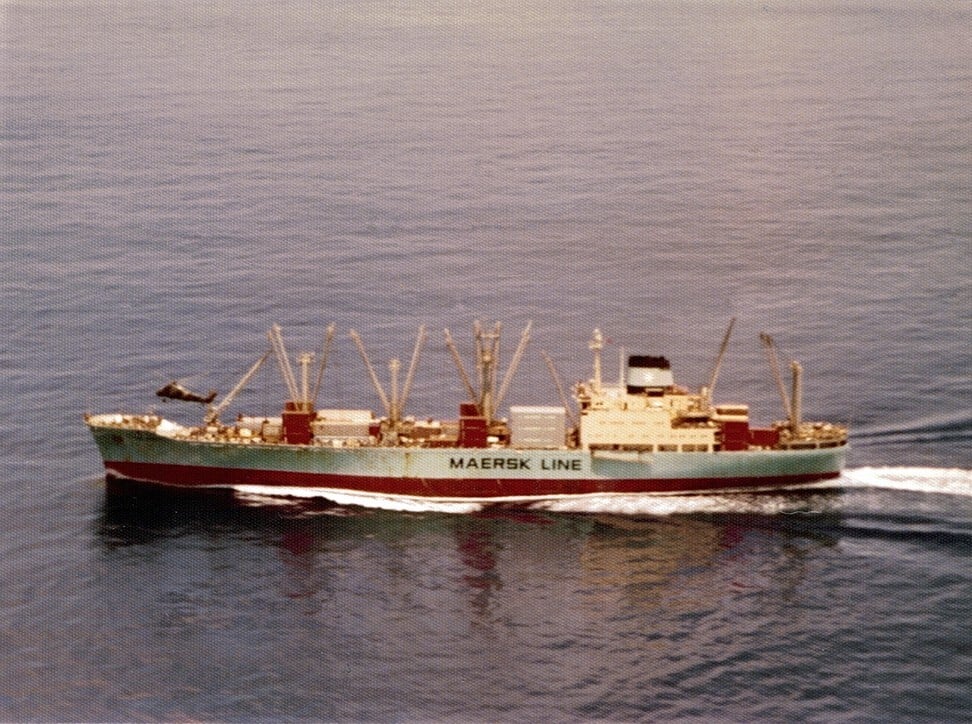
The danger and difficulty of airlifting the four refugees had not immediately registered with Jones when he saw the Clara Maersk at sea, 145km (90 miles) off the coast of Hong Kong.
“There isn’t enough time to think about what’s around you,” he says, adding that he instantly began to assess the technical requirements of the task ahead which would involve dangling on a wire from the helicopter and picking up a dangerously ill Vietnamese woman with a ruptured appendix. His colleague Tim Bailey, on board the second helicopter, picked up the newborn and her two family members, one at a time, from the deck of the Clara Maersk.
They were without a carrying device for infants, which meant Bailey had to take the baby in his arms. “That must have been a hold-your-breath couple of minutes,” Jones says. He remembers Bailey referring to the plastic bag carried by the woman Jones picked up, saying “you know, that was probably all she owned in the world”.
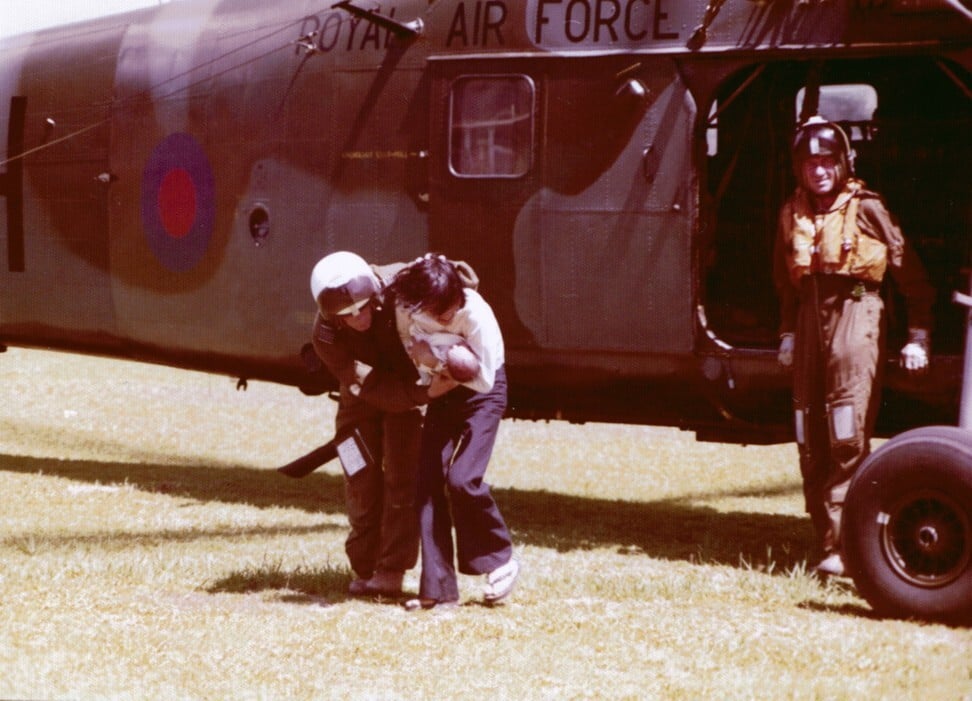
Jones’ logbook recorded a round trip of two hours and five minutes from the RAF squadron’s Kai Tak base to the Clara Maersk, including the winch pickup from the ship – which was travelling at 20 knots – the drop off at the military hospital, and their return.
“We didn’t normally go that far out to sea,” he says, pointing out that the Wessex helicopter has a fuel capacity of two-and-a-half hours. Two helicopters were sent on the mission because the winch used a great deal of fuel, and a single helicopter would not have been able to manage all the pickups.
Immediately after returning to Hong Kong, the helicopters were cleaned and prepared to take part in an eight-aircraft fly-past for Queen Elizabeth’s arrival later that day.
“Twenty-eighth Squadron later became known as ‘28 nick of time’, as we were always going out just in the nick of time,” Jones says.
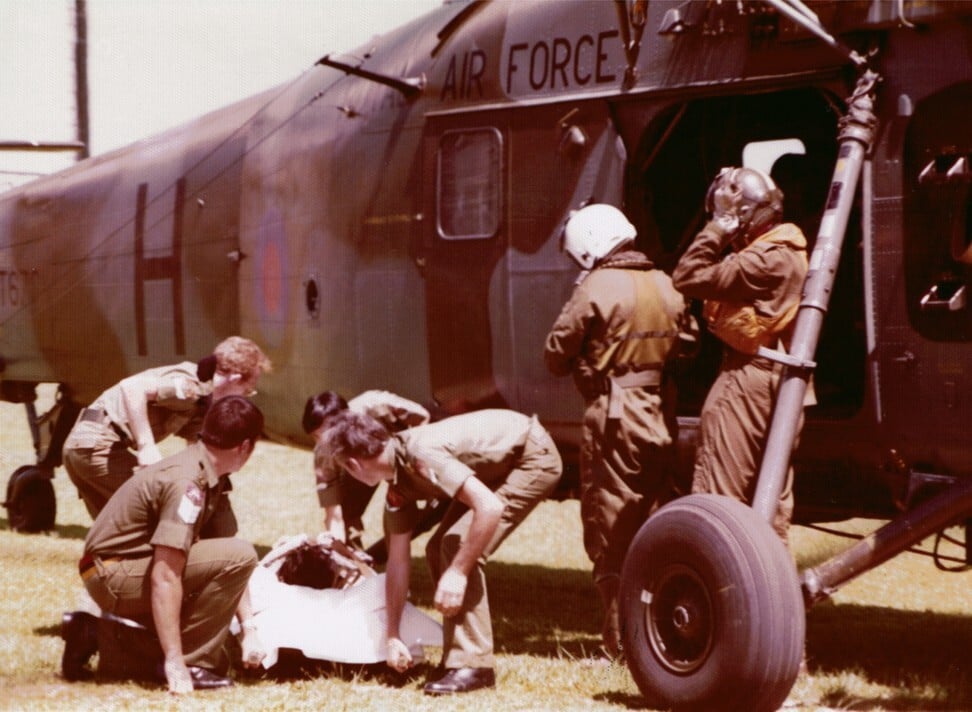
Almost 2 million refugees fled Vietnam in the 25 years that followed the Fall of Saigon, risking their lives while braving rough seas, pirates and a dire shortage of necessary supplies.
The stories of a number of these Vietnamese boatpeople are retold in the new multimedia series of photos, video and graphics by California-based Nguyen.
“Voices from Oblivion”, funded by the Critical Refugee Studies Collective and produced by media and marketing company Right Here in My Pocket, is intended to pass these stories of struggle and hardship on to the next generation.
It was the best birthday gift. I’ve got chills just running through me - Chieu-Anh Vu-Lieberman, the baby from the Clara Maersk, on meeting Howard Jones on Zoom
The accounts ring close to home for Nguyen, who was also a refugee. He was shot at and later imprisoned in the Vietnamese port city of Vung Tau. After several failed attempts, Nguyen and his family finally fled the country in 1980. After four nights at sea, their ship was found by a US Navy vessel, and Nguyen and his relatives were taken to a refugee camp in Thailand, where they spent two months before being resettled in the US.
“We were the lucky ones,” the 55-year-old explains. “When you encounter a US Navy ship you basically land on US soil.”
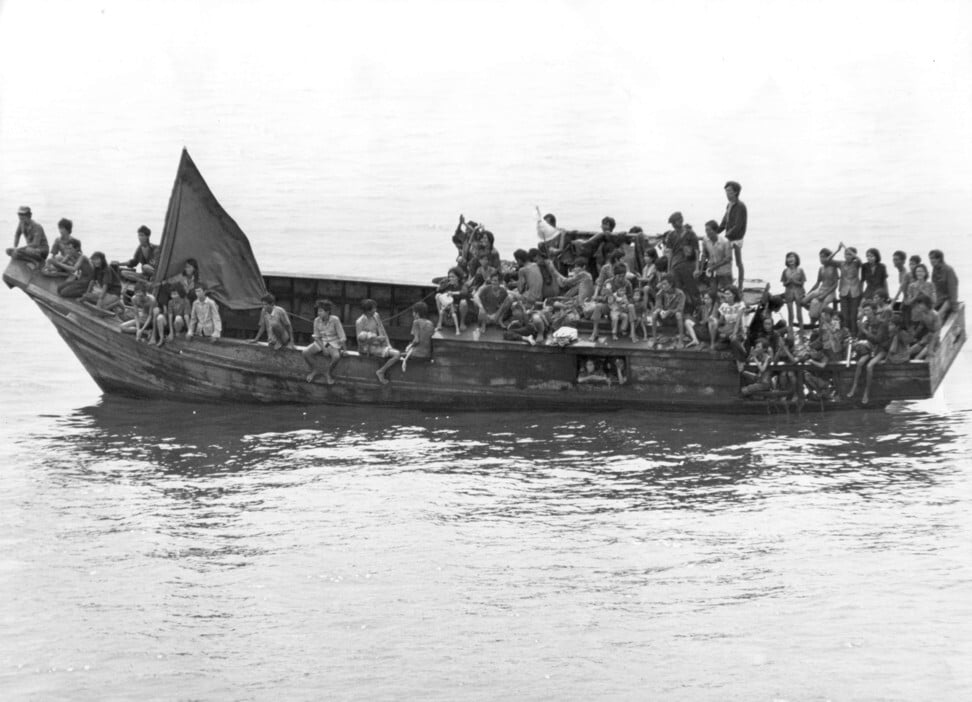
Nguyen won two Emmy awards for his 2008 documentary Bolinao 52, the story of a ship that left Vietnam with 110 people on board but of whom only 52 survived, rescued by a Filipino fisherman after reportedly being abandoned by the US Navy.
Forty-five years after the Truong Xuan refugees were rescued by the Clara Maersk, Jones made contact with Nguyen, who was later able to connect him with the sickly newborn Jones saw lifted on a wire into his colleague’s helicopter.
On May 2, Chieu-Anh Vu-Lieberman’s 45th birthday, she and Jones spoke for the first time over Zoom. The South China Morning Post also logged in to the conversation and saw the dawning fascination on each of their faces.
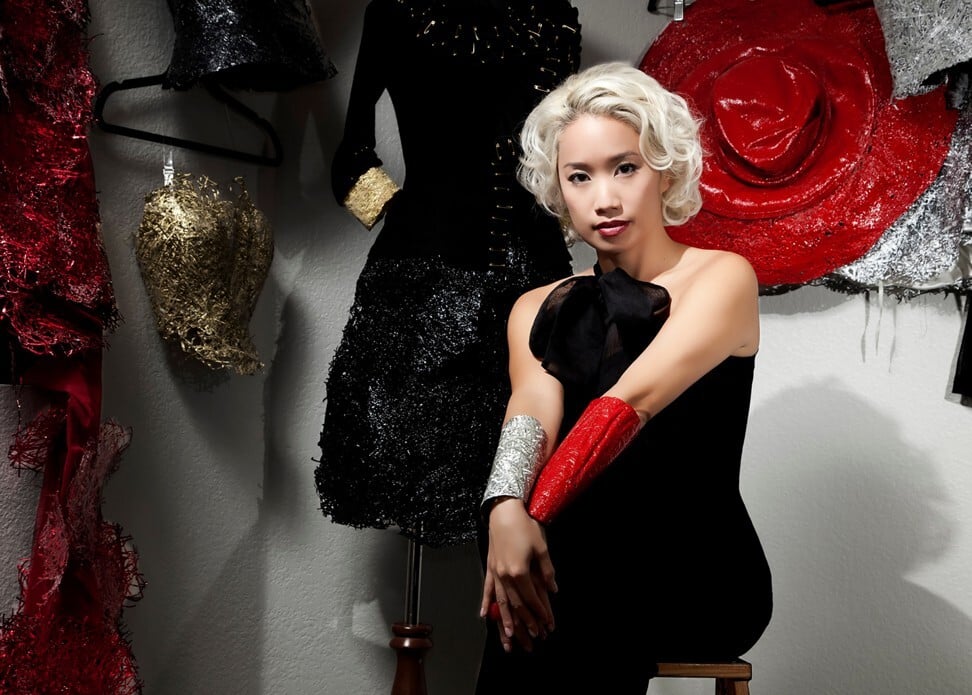
“I saw you 45 years ago; you didn’t see me,” Jones told Vu-Lieberman, “but here are photos of you being transferred out of hospital.”
Jones and Vu-Lieberman were able to share pictures and fill in blanks that both had long wondered about. “It was the best birthday gift,” Vu-Lieberman said. “I’ve got chills just running through me.”
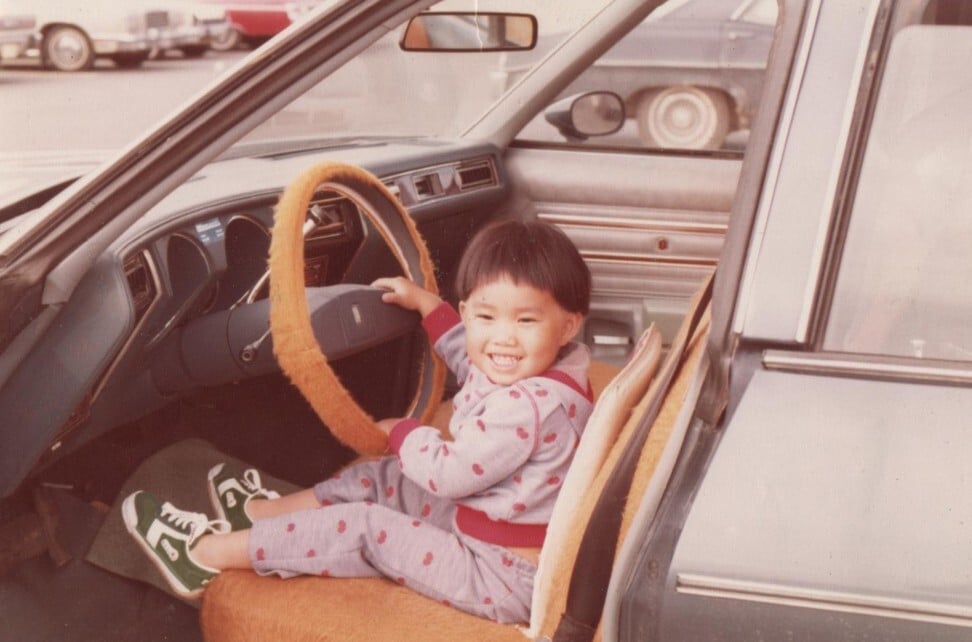
Now a successful fashion designer and executive, Vu-Lieberman lives in California’s Orange County, home of the world’s largest overseas Vietnamese community. Twice married, she was given Danish citizenship after it was confirmed she was born on board the Clara Maersk.
“My birth certificate was typed up in the refugee camp,” she says, noting some spelling errors. But at the age of 18, when she had to choose, she became a citizen of Canada, where her family resettled after 23 days in a refugee camp in Hong Kong’s Sai Kung district.
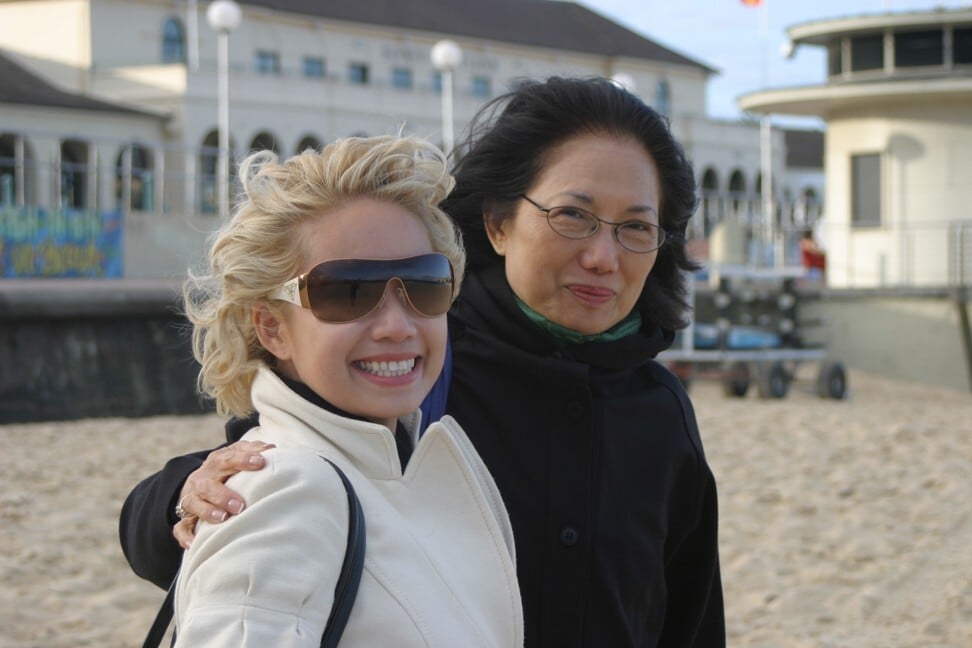
Her mother didn’t tell her much about the traumatic days she experienced fleeing Vietnam as a heavily pregnant refugee. “I think that part is probably a bit of a blur to her,” Vu-Lieberman says.
Her mother gave birth on a crowded ship, when she was so malnourished that she was unable to produce breast milk. Her baby was fed on chewed up licorice as a substitute.
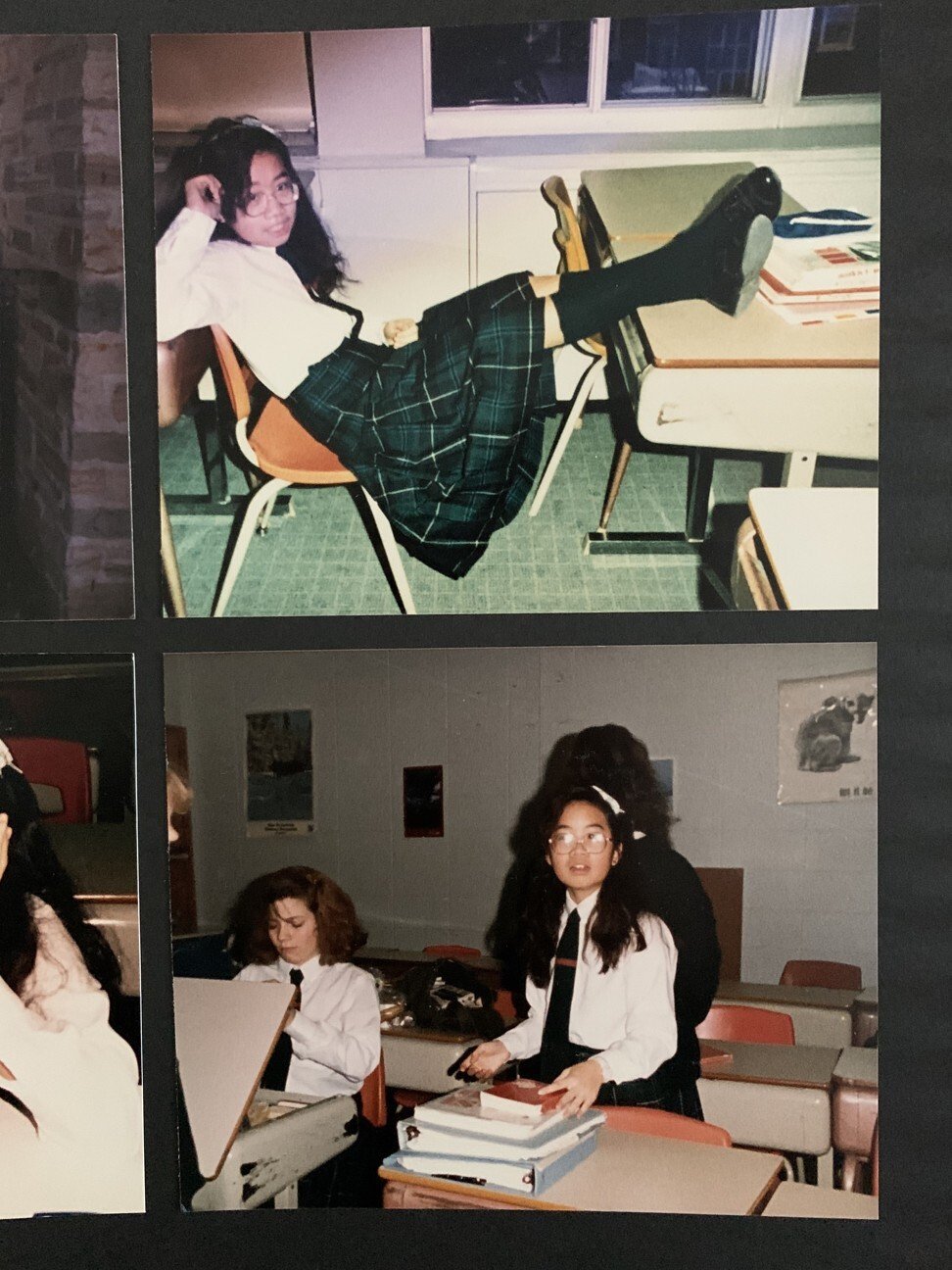
Vu-Lieberman took a particular interest in her family’s story as she got older and began her own blog, Truong Xuan Baby. In 2010, she attended a reunion in Sydney for Truong Xuan refugees; 201 survivors of the perilous voyage were resettled in Australia.
For Jones, the part he played in the helicopter rescue of the first few Vietnamese refugees to make it to safety in Hong Kong was one of the most important moments of his life.
“Now, at 68, you look back on your life and you say, ‘well, on that day, you made a difference’.”







